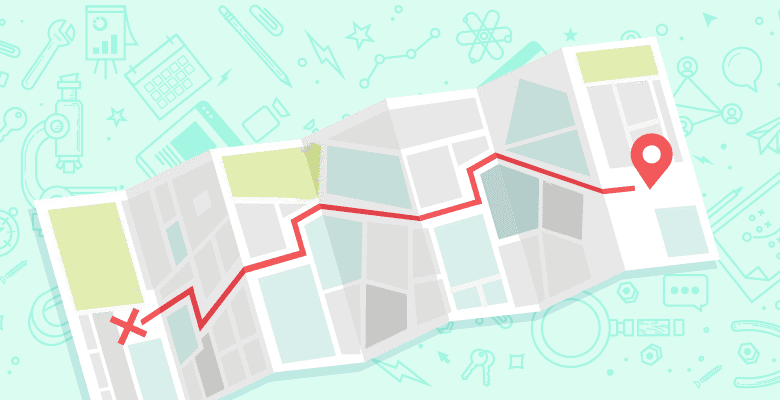
As an in-house SEO, I don’t have many opportunities to share my observations publicly, this is my maiden blog post here at SEOMoz and I hope you find it interesting.
Being an active photographer allows me to experiment on the side as a normal course of my hobby. Over the last year, I’ve been observing changes in Google Image Search that I’m finally comfortable sharing.
Because of my experience in SEO, I’ve become quite adept at getting an image to rank in the first handful of results (assuming I’m not going after some super competitive head term). This in itself isn’t unique but having spent time over at the help forum I observed two things that I believe are connected.
First, there was a sudden influx of complaints in the forum a few months back from people who had lost a large sum of traffic from Google Image Search. Turns out that the bar had been lowered for the “moderate filter” and any images on a site that were remotely risque were causing all images to fall under the filter.
Two, indexing is happening at a blazing speed, I unoriginally call it caffeinated. This latter observation was difficult to detect because Google was intentionally grabbing small graphical elements such as badges from a site and ranking them highly for the target term in very short order. It baffled me at first how or why a badge without an alt attribute, nearby text or keyword in the filename would get picked up so quickly. When I say quickly, we’re talking under 10 minutes! I have observed 3 minutes in one case.
After repeatedly observing this phenomenon early on, I initially thought there was something wrong with my WordPress blog and began tweaking the site to rectify it. I now feel it is no mistake on my part but rather part of the image search filtering process.
To support my observations, I’ve run numerous tests, below are screenshot from a recent experiment using the very non-competitive term “Lake Almanor Wipeout” inspired by a photo of a friend having a nasty fall behind a water ski boat.
Image 1 is a screen shot taken immediately after I hit publish.
Image 2 is a screenshot taken just 10 minutes after publishing, notice the Google+ badge has already been grabbed from my blog.
Here are the current results as I see them in Chrome Incognito Mode with the target image firmly planted as #1 (full resolution) & #2 (smaller image to fit page) #3 & #4 are thumbnail images from my site. I’m curious what others are seeing.
Turns out, and this is where the conjecture comes in, that Google is in fact intentionally seeking out small thumbnail size images from page that it knows are NOT being optimized for a given term. In almost all cases, the graphic(s) are either a .gif or .jpg with few colors suggesting that it might not be a complex image of a person. The optimized image then appears anywhere from 24 hours to a week later depending on the competitive nature of the term (and I suspect the colors and complexity of the image). Images of people likely go through more scrutiny.
I believe the logic is that sites that Google’s image bot is crawling and indexing some sites so quickly that there is a real risk of exposing users to spam, nudity or other unsuitable material. Due to the likelihood that nearby graphics could be of a similar nature, a page can be flagged and the main image never appears accidentally under the moderate filter.
I believe there are several lessons to be learned:
- Proper image optimization can be extremely effective.
- Google Image bot is crawling and indexing at an unprecedented speed.
- Risque images might be good link bait but they place all the images on your site at risk for falling under the moderate filter.
- I believe well established news sites have likely been whitelisted so relevant images from breaking news stories will get indexed immediately. Perhaps the whitelist is simply sites listed in Google News.
- It’s worthwhile to create your own quality images for your site.
- The duplicate content filter may not apply when file sizes vary widely.
I’m curious what comments or questions this post creates.









